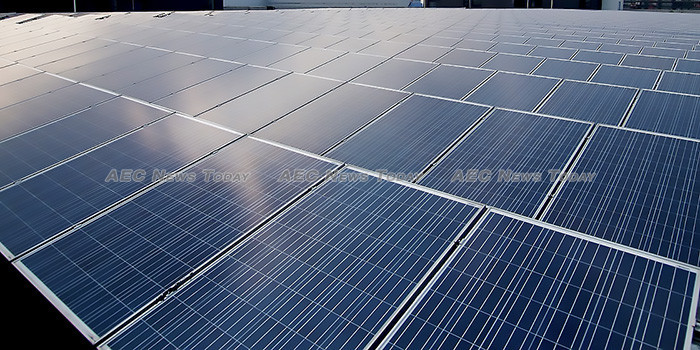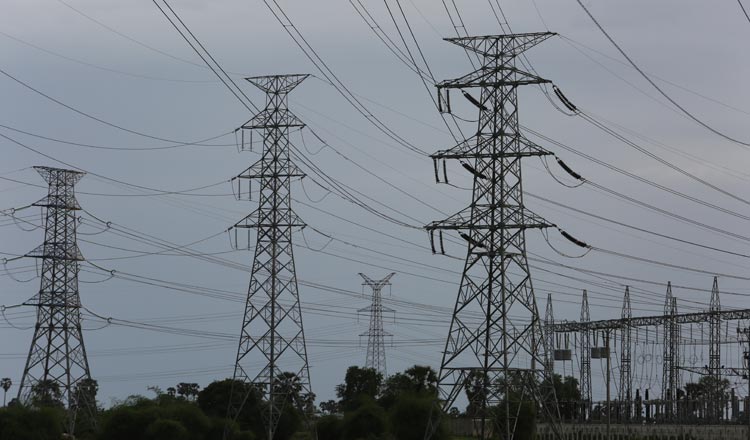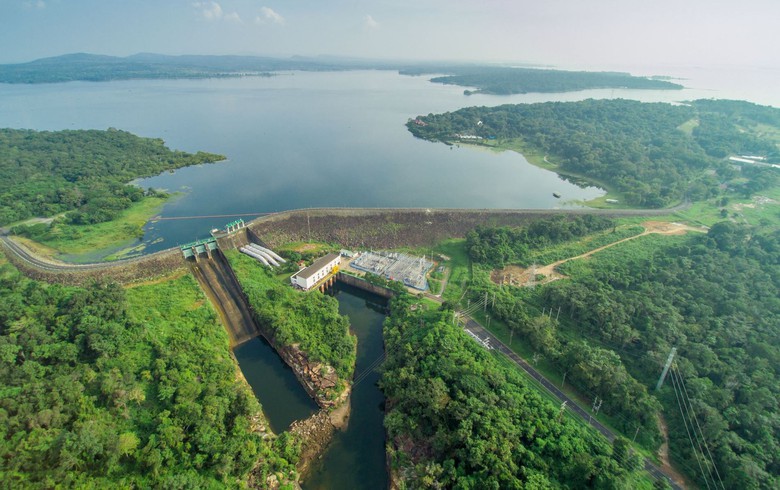- Electricity/Power Grid
–
- Lao PDR
Laos’ energy and mining sector is trying to cut electricity prices so that power is affordable for local residents and businesses.
Many consumers in Laos have been complaining about their escalating electricity bills. The tariff is high when compared to neighbouring countries, Minister of Energy and Mines Khammany Inthirath acknowledged at the first quarter meeting of the energy and mining sector held in Vientiane on Monday.
The two-day meeting over June 3-4 was attended by representatives of the energy and mining sector as well as investors and development partners. They took this opportunity to discuss the sector’s development plans and targets.
Topics up for discussion included past achievements of state projects to ensure regulation, quality, and reasonable pricing of electricity. Cost structures, safety inspections at plants and expansion of the electricity network, its stations and transmission lines were also discussed.
In the next three quarters of this year, the Ministry of Energy and Mines is expecting to complete 20 hydropower plants with an installed capacity of 2,707MW. This will produce around 33.874 billion kWh, worth about 16.575 trillion kip ($1.92 billion).
Electricity generated for export is expected to reach 25.625 billion kWh, which represents a dollar value of $1.451 billion.
Seven transmission lines are expected to be completed in the near future, including two that are 230kV. One line is 86.4km long and runs from Meuang Houn to Pak Ngeuy-Phaoudom. Another is 82km long and runs from Nam Xam to Hua Meuany.
Five 115kV transmission lines are currently under construction. They include a 90km stretch linking Non Hay to Paklai, a 50km line from Huayxai district to Pheung station and a 33km section from Nam Ngiep to Pakxan. A line from the Na Hay station to Dongphosy station is also being constructed.
The ministry is focusing on developing a renewable energy supply so that the country is less dependent on imports from other countries.
GDP in the energy and mining sector was 28.247 trillion kip last year. This was an increase of 11 per cent over 2017 when GDP was 16.8 per cent, Khammany told the meeting.
Laos currently has 63 operational hydropower plants with an installed capacity of 7,213MW. These plants are able to produce 37,035kWh of electricity per year, he said.
An additional 37 hydropower plants are under construction. The majority of these are expected to be completed by 2020-2021. When they are operational, Laos will have 100 hydropower plants which combined will have an installed capacity of 13,062MW.
It is expected that they will be able to produce 66.944 billion kWh per year and that this will be more than sufficient to meet the needs of the domestic market. The government also hopes to supply more electricity to its regional neighbours. VIENTIANE TIMES/ASIA NEWS NETWORK












